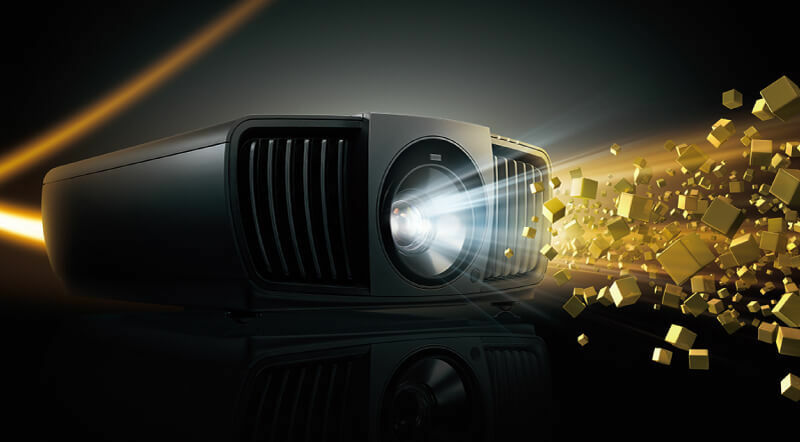
Projectors in Home Theater are becoming very popular for those with enough wall space or retractable screen. Often questions appear in this community on how to best connect the following Sonos components:
- Playbar (Optical)
- Playbase (Optical)
- Beam (HDMI-ARC/Optical hybrid)
- Sonos Amp using 3rd party or Sonos Architectural Speakers by Sonance (HDMI-ARC/Optical hybrid)
I’ve only come across one projector that claims to support HDMI-ARC; that being the BenQ W2700. Since I don’t own a BenQ W2700 I can’t vouch for its HDMI-ARC operational validity. Digital-out (Optical) on a projector is typically not in the traditional output format as one might find on a TV. Additionally, projectors are limited to one; maybe two AV sources.
Households today (to name a few) may have one or more of the following AV sources:
- Cable Box
- Xbox
- PlayStation
- AppleTV
- Amazon Fire TV Stick
- Chromecast
The good news is that all the above AV sources use HDMI as the primary output connection. TV’s with multiple HDMI ports (including HDMI-ARC) have less of a problem accommodating multiple AV sources. Projectors on the other hand have limited HDMI connection options.
Here is my recommendation on how to best connect AV sources along with one of the Sonos devices mentioned above to a projector. *
Purchase a HDMI Optical Extractor similar to the one in the link:
The device in the link; or one like it can accommodate three (3) AV sources. There are more expensive ones on the market with more ports; so let your budget be your guide.
Connections
- Connect your AV source via its HDMI-Out to an available HDMI-In on the extractor. From the extractor’s HDMI-Out connect to the projectors HDMI-In.
- Connecting to a Sonos Playbar or Playbase use the extractors Optical Out to the Optical-in of the Sonos component.
- Connecting to a Sonos Beam or AMP connect the Optical/HDMI adapter to one end of a HDMI cable. Attach it to the Optical-Out of the extractor. Attach the other end of the HDMI cable to the HDMI-ARC port of the Beam or AMP. **
- Follow the same instructions in the Sonos app to add Sonos surrounds, sub or 3rd party speakers as surrounds (if employing a Sonos Amp) to complete the setup; the same as if you were connecting to a traditional TV. ***
That’s it! Enjoy your projector with Sonos sound!
* Even those projectors that claim to have HDMI-ARC capability will still require a switch similar to the one in the link to accommodate multiple AV sources. The difference being that the Optical-out would not be used.
** The HDMI/Optical adapter is supplied with the Sonos Beam. It is an optional purchase when used with the Sonos Amp. Click the link for more information: https://www.sonos.com/en-us/shop/optical-audio-adapter.html
*** The Sonos Amp used to drive 3rd party or Sonos Architectural Speakers by Sonance as surrounds is an additional purchase when used with a Playbar, Playbase or Beam. A second Sonos Amp used for surrounds (optional purchase) is required if already using a Sonos Amp to drive front speakers in a HT setup.



